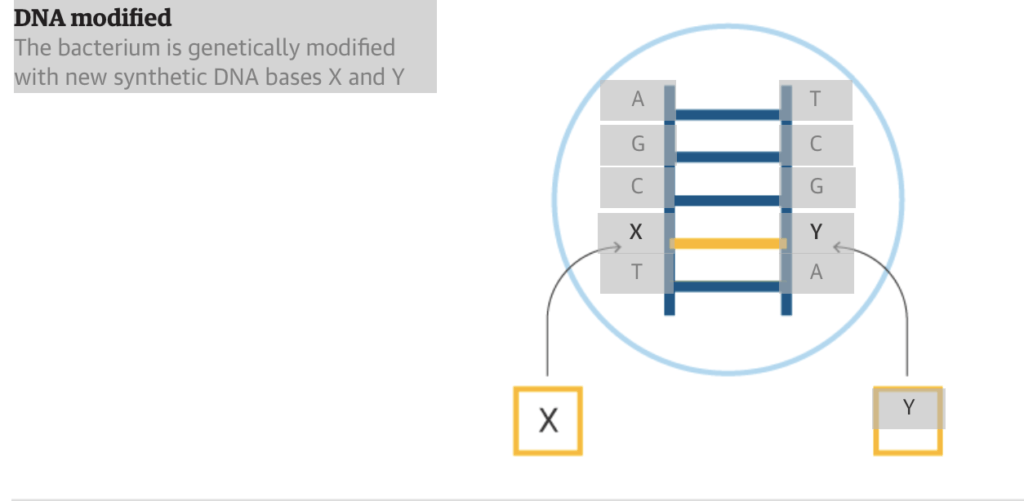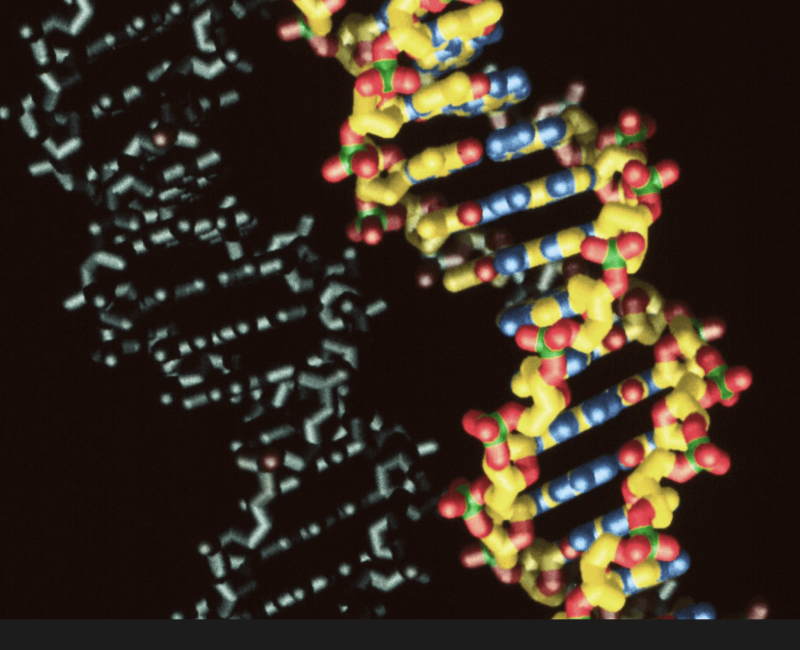Scientists in the US modified common E coli microbes to carry a beefed-up payload of genetic material which, they say, will ultimately allow them to program how the organisms operate and behave.
The work is aimed at making bugs that churn out new kinds of proteins which can be harvested and turned into drugs to treat a range of diseases.
…
Floyd Romesberg and his team at the Scripps Research Institute in California expanded the genetic code from four letters to six by adding two new molecules they call X and Y and adding them to the bugs’ genetic makeup
…
“This is a major step forward in showing that a living cell such as a simple bacterium can be engineered to sustain a synthetic base pair not found in nature,” said Paul Freemont, who specialises in synthetic biology at Imperial College in London.
[The study can be found here.]The GLP aggregated and excerpted this blog/article to reflect the diversity of news, opinion, and analysis. Read full, original post: Organisms created with synthetic DNA pave way for entirely new life forms































